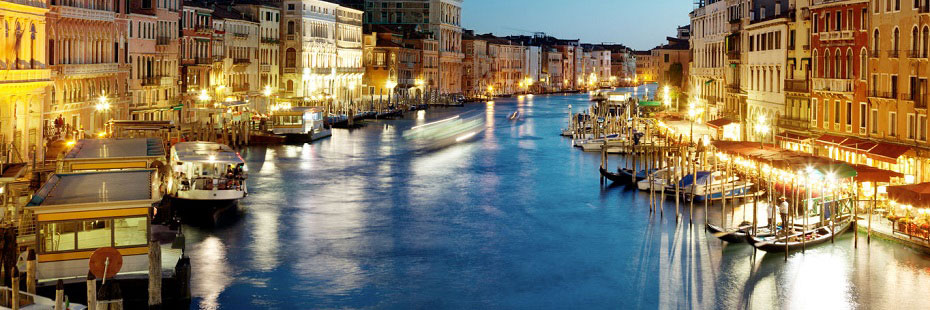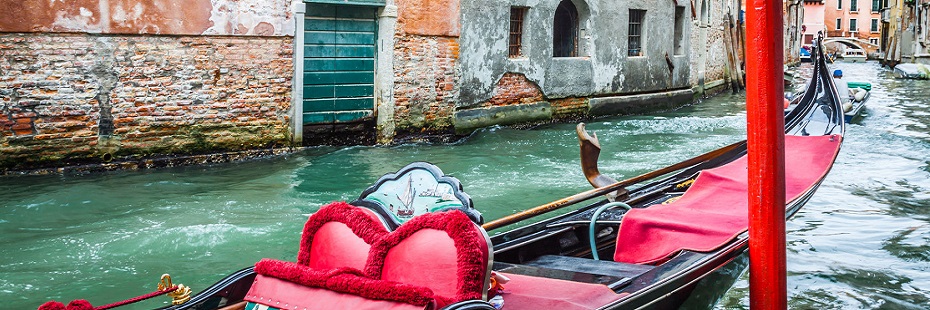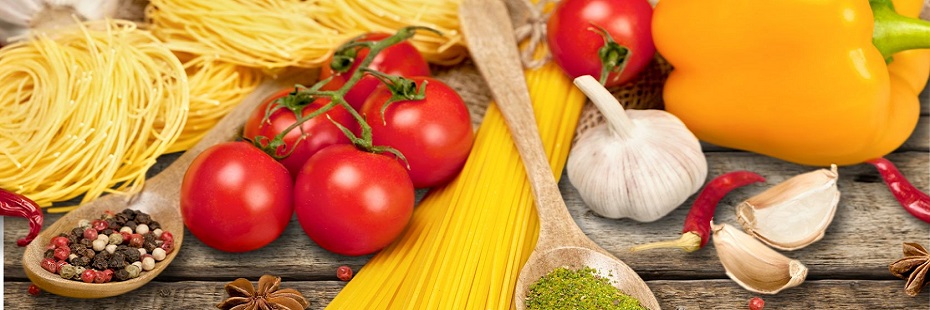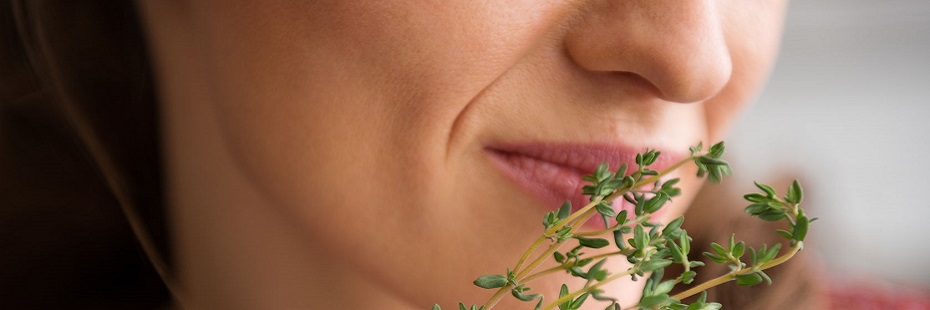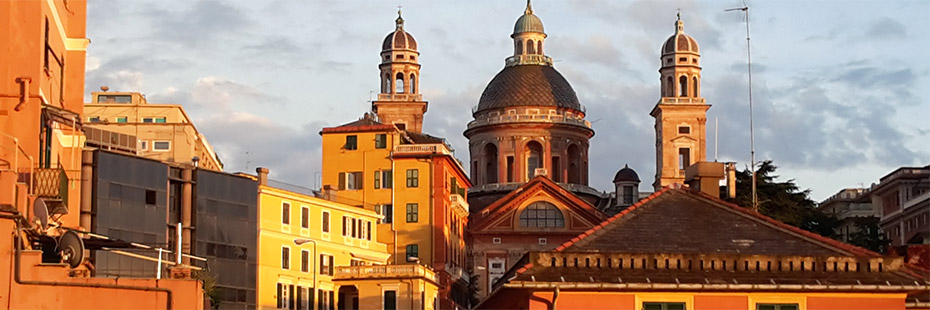Lo "stivale" italiano è paragonabile a un unico grande vigneto, con vini prodotti in ogni regione d'Italia. Nell'ultimo decennio, gli americani hanno finalmente riconosciuto la qualità dei vini italiani, che sono fra quelli maggiormente importati negli Stati Uniti. I vini prodotti in Italia vanno dai "pezzi da collezione", molto cari, ai vini da tavola, con prezzi assai ragionevoli. |
The Italian "boot" is virtually one big vineyard, with wines produced in every region. In the past decade, Americans have come to recognize the quality of Italian wines. They are the top imported wines in the United States. The wines of Italy range from expensive "collector's items" to reasonably priced "everyday" wines. |
|---|
La maggior parte dei vini bianchi italiani deve essere bevuta "giovane", per cui cercate quelli di vendemmia più recente al momento dell'acquisto. I rossi italiani variano in complessità, da quelli semplici a vini molto sofisticati. Il vostro vinaio è la guida migliore per aiutarvi nella scelta. Ecco alcuni libri eccellenti sull'argomento:
|
Most Italian white wines are made to be drunk "young", so look for the newest vintage date when purchasing. Italian reds range in complexity from simple to very sophisticated. Your wine shop is your best guide for which wine to choose. A few of the many excellent reference books are:
|
|---|---|
Una lista di vini da provare:
AMARONE ASTI SPUMANTE BARBARESCO BARBERA BARDOLINO BAROLO BRUNELLO DI MONTALCINO BRUT SPUMANTE |
Some wines to try are:
AMARONE ASTI SPUMANTE BARBARESCO BARBERA BARDOLINO BAROLO BRUNELLO DI MONTALCINO BRUT SPUMANTE |
CABERNET SAUVIGNON CARMIGNANO CHARDONNAY CHIANTI |
CABERNET SAUVIGNON CARMIGNANO CHARDONNAY CHIANTI |
DOLCETTO FlANO DI AVELLINO FRASCATI GAVI |
DOLCETTO FlANO DI AVELLINO FRASCATI GAVI |
MALVASIA MARINO MARSALA MERLOT MOSCATO MOSCATO D'ASTI |
MARINO MALVASIA MARSALA MERLOT MOSCATO MOSCATO D'ASTI |
ORVIETO PINOT BIANCO PINOT GRIGIO PROSECCO ROSSO Dl MONTALCINO |
ORVIETO - A still white wine; serve with hors d'oeuvres PINOT BIANCO PINOT GRIGIO PROSECCO ROSSO Dl MONTALCINO |
SOAVE TAURASI VALPOLICELLA VERDICCHIO VERNACCIA DI SAN
GIMIGNANO VlNO NOBILE DI MONTEPULCIANO |
SOAVE TAURASI VALPOLICELLA VERDICCHIO VERNACCIA DI SAN
GIMIGNANO VlNO NOBILE DI MONTEPULCIANO |
ALTRE INFORMAZIONI UTILI
I vini italiani sono, per la maggior parte, buoni ogni anno. Tenete presenti le seguenti regole generali:
I Vini Bianchi |
MORE HELPFUL INFORMATION
Italian wines are for the most part, very good every year. These general rules apply:
White Wine |
| I Vini
Rossi Lasciate che il vinaio vi suggerisca quali annate, e per quali vini, sono le migliori da bersi al momento. Alcuni vini rossi sono leggeri, fruttati e semplici e vanno bevuti preferibilmente giovani. Altri sono corposi e complessi e sviluppano l'aroma più raffinato quando sono invecchiati. Il tempo d'invecchiamento varia da vino a vino. In generale, i vini corposi hanno bisogno di più invecchiamento e si mantengono al loro apice più a lungo. Se acquistate una cassa di vini, compratene prima una bottiglia per provarne la qualità. |
Red Wine Let the wine merchant advise what vintages of various kinds of wines are ready-to-drink now. Some red wines are light, fruity and simple and may be enjoyed while young. Others are full-bodied and complex and develop their finest flavor when they have been aged. How long a wine should be aged varies from one type to another. In general, full-bodied wines need more aging, and stay at their peak for a longer time. If investing in a case, buy one bottle first to sample its quality. |
| La temperatura In generale i vini bianchi, e alcuni rossi leggeri, vanno consumati a circa 5-7°C, o raffreddati in ghiaccio e acqua dai 30 ai 60 minuti prima del pranzo. Tradizionalmente, i vini rossi sono serviti a 18-20°C, nonostante alcuni esperti li amino anche più freschi. |
Temperature In general, white wine and some lighter-bodied red wines should be chilled to about 42ç to 45ç F., or placed in ice and water 30 to 60 minutes before the meal. Traditionally, red wine is served at 65ç to 68ç F, though some experts enjoy the wine even cooler. |
| Decantazione
e areazione Non è necessario decantare e areare i vini bianchi. I vini rossi invecchiati, invece, possono essere decantati affinché i sedimenti rimangano nella bottiglia originale. Mantenete la bottiglia in posizione verticale più a lungo possibile prima di decantare. Preparate un decantatore pulito e asciutto e tenete dietro il collo della bottiglia appena aperta una forte luce. Se, come il vino viene versato, appaiono dei sedimenti, fermatevi. Se il vino non fosse ancora abbastanza invecchiato, decantandolo numerose volte lo si area e "ammorbidisce"; l'aria espande il bouquet e ne migliora il gusto. Una lunga esposizione all'aria può tuttavia causare un decadimento del vino. |
Decanting
and Aeration It is not necessary to decant or aerate white wine. However, older red wines may be decanted so any sediment is left in the original bottle. Stand the bottle up as long as possible before decanting. Have ready a clean dry decanter and hold the just-opened bottle with strong light behind its neck. If sediment appears as the wine is poured, stop. If the wine is not quite aged enough, decanting back and forth several times will aerate and "soften" it; the air expands the bouquet and enhances enjoyment. Too long an exposure to air may cause it to lose its flavor however. |
| Una parte di queste informazioni è stata pubblicata dall'Italian Wine and Food Institute di New York con la sponsorizzazione del Ministero dell'Agricoltura di Roma e la speciale assistenza del Professor Mario Fregoni, Direttore del Comitato per la Denominazione di Origine dei Vini. | Part of this information have been published by the Italian Wine and Food Institute di New York in New York, under the sponsorship of the Italian Ministry of Agriculture in Rome with the special assistance of Professor Mario Fregoni, Chairman of the Committee for the Protection of the Denomination of Origin of Wines. |
 Self-Study Courses for independent students: available online 24 hours a day so you can log in and study anytime from anywhere. More...
Self-Study Courses for independent students: available online 24 hours a day so you can log in and study anytime from anywhere. More...
 Tutored Courses if you need a structured and guided study: learn with the guidance of a tutor, get written correction and personalized feedback. More...
Tutored Courses if you need a structured and guided study: learn with the guidance of a tutor, get written correction and personalized feedback. More...
 1to1 Private Lessons for a custom developed course conducted by a dedicated teacher via an interactive audio/video chat service. More...
1to1 Private Lessons for a custom developed course conducted by a dedicated teacher via an interactive audio/video chat service. More...
See full list of Activities
FREE: Join our student group on Facebook and follow us on Twitter


